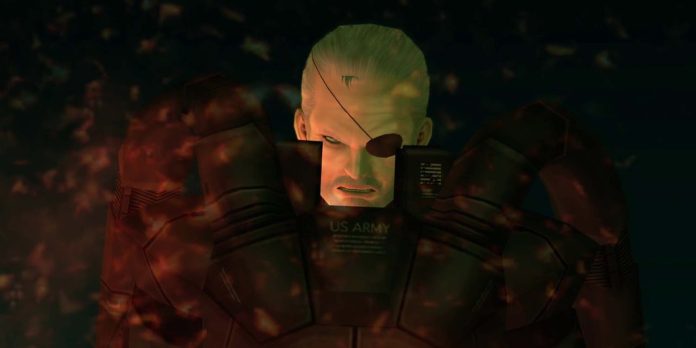
Sign in to your Game Rant account
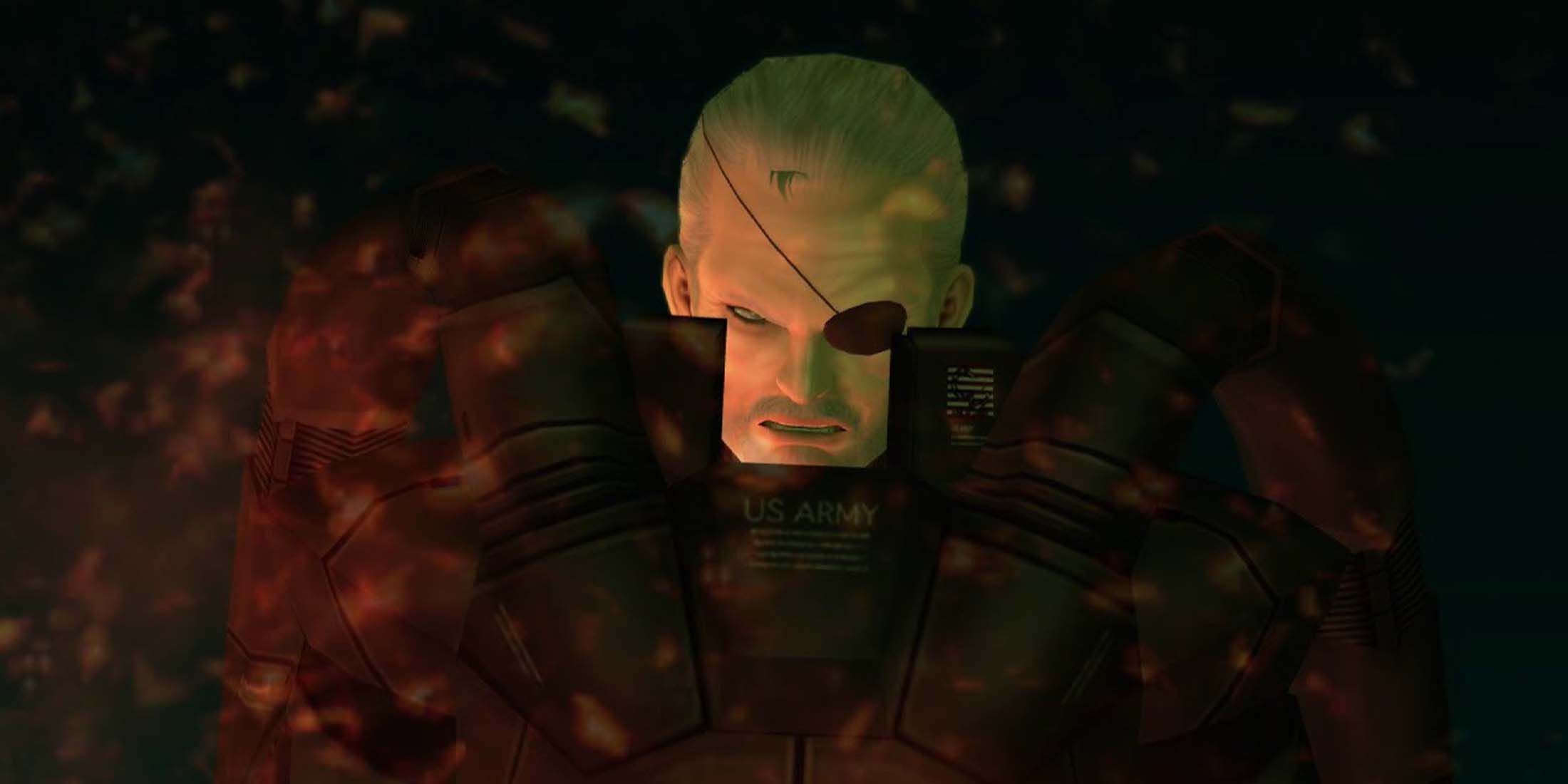
Summary
- Video games can sometimes predict future events by merging art and life through geopolitical analysis and scientific models.
- Games like Metal Gear Rising and Homefront foreshadowed real-life political events like Trump’s slogan and Kim Jong-un’s succession.
- Elite Dangerous accurately guessed a real star system, while Ghost Recon mirrored the Russo-Georgian War’s tactics and escalation.
For years, video games have been the ultimate form of escapism, but as they’ve grown more complex, they’ve become something more: massive simulations of physics, economics, and social dynamics. Every so often, this creative extrapolation results in a scenario of shocking prescience, where a game’s fiction bleeds into reality.
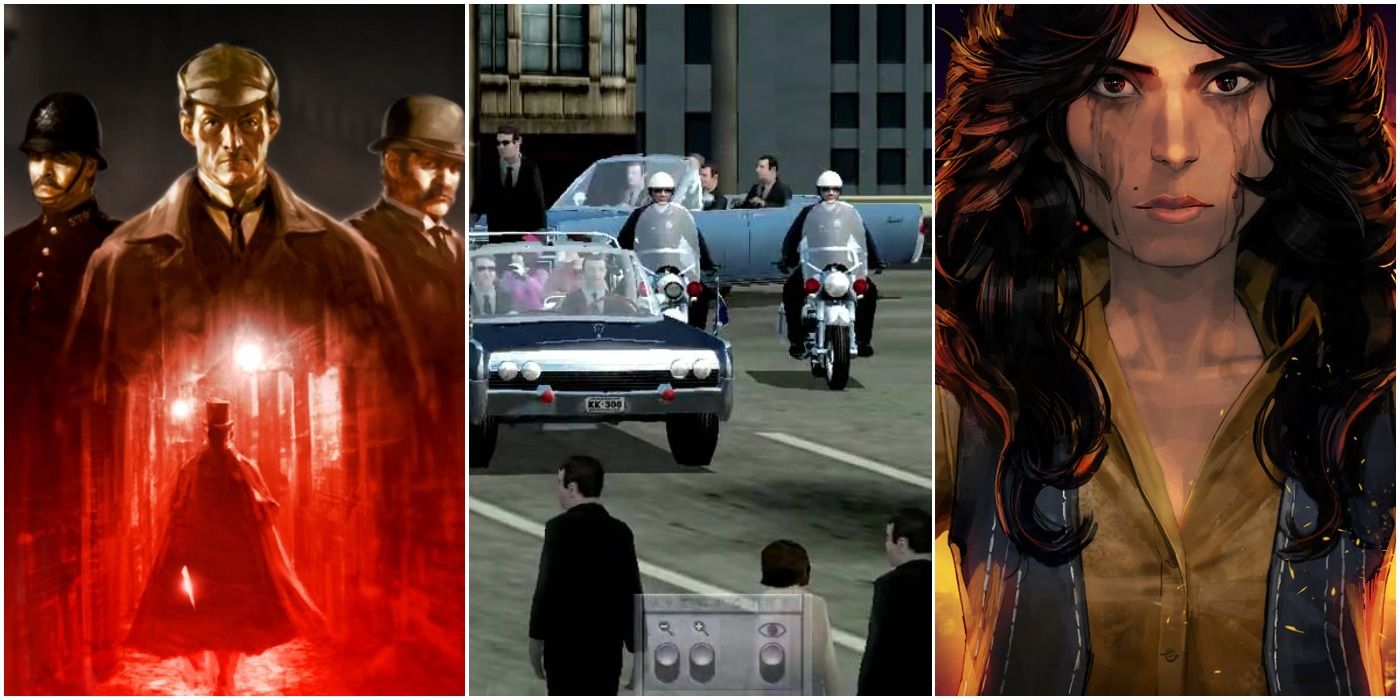
Related
The 10 Best Games Inspired By Real-Life Stories
There have been some games over the years that were inspired by real-life stories. Here’s a look at some of the absolute best.
These moments are more than just lucky guesses; they represent a fascinating convergence of art and life. Some predictions stem from sharp geopolitical analysis, while others emerge from complex scientific models that validate themselves years later. No matter the method, some of these games did something extraordinary: they managed to mirror, foreshadow, or outright predict future headlines, years before the world caught up.
A Virtual Politician Who Wanted To “Make America Great Again”
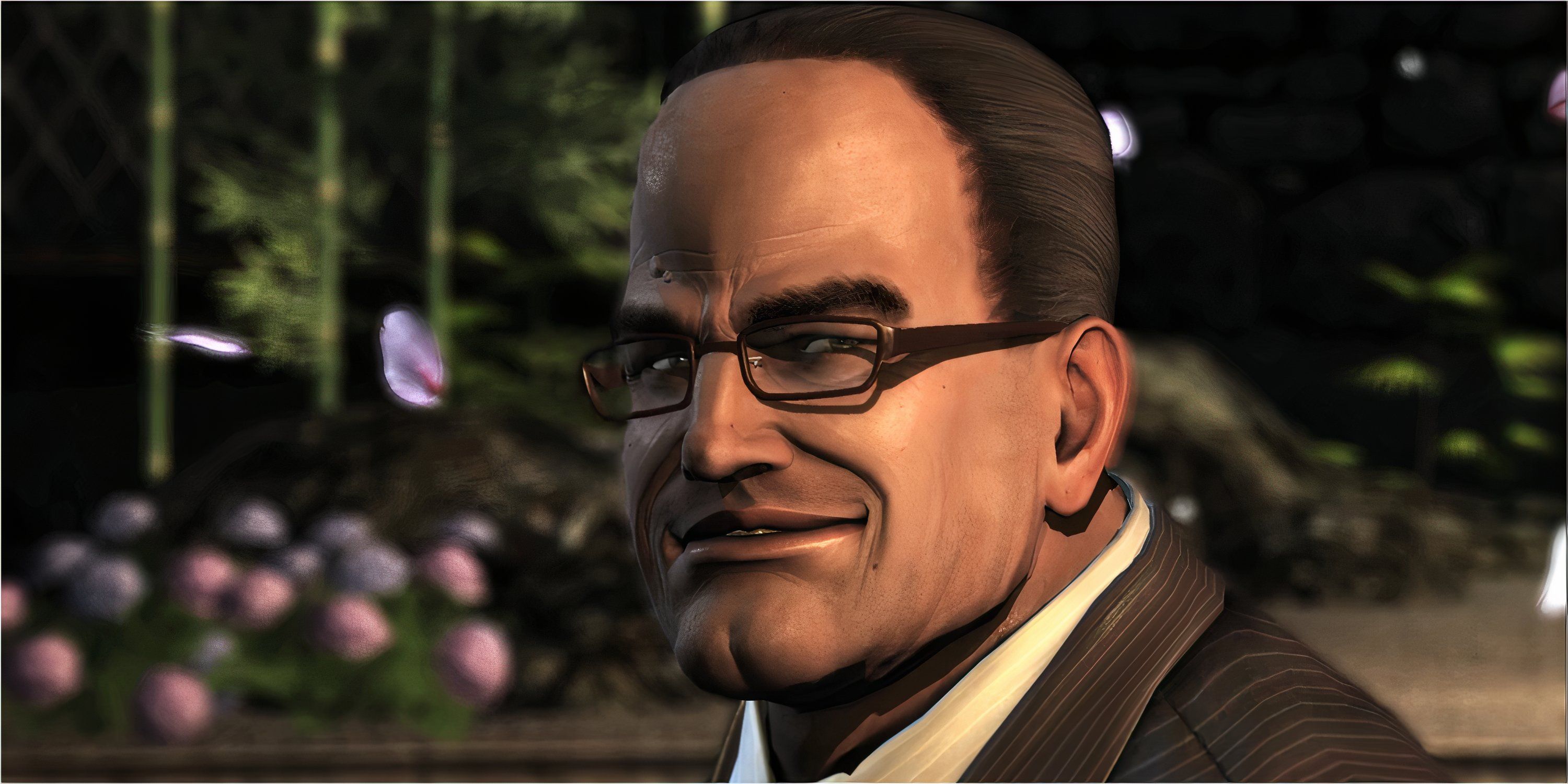
Metal Gear Rising: Revengeance isn’t like any other average stealth thriller. Instead, it delivers full-throttle action and, in its final moments, an antagonist who’d go on to seem less cartoonish and more prescient. Senator Steven Armstrong, powered by nanomachines, delivers a passionate speech about his vision for America. He rants against a nation he sees as “rotten to the core,” run by corrupt D.C. elites.
In a climactic moment, he roars his ultimate intention: to “make America great again.” Released in 2013, the game’s use of the slogan predated its explosion into global consciousness as the centerpiece of Donald Trump’s 2016 presidential campaign by three years. The game’s writers managed to synthesize an ideology and a personality that proved to be a viable blueprint for a real-world political movement.
6 Homefront (2011)
Predicting The Next Kim In North Korea

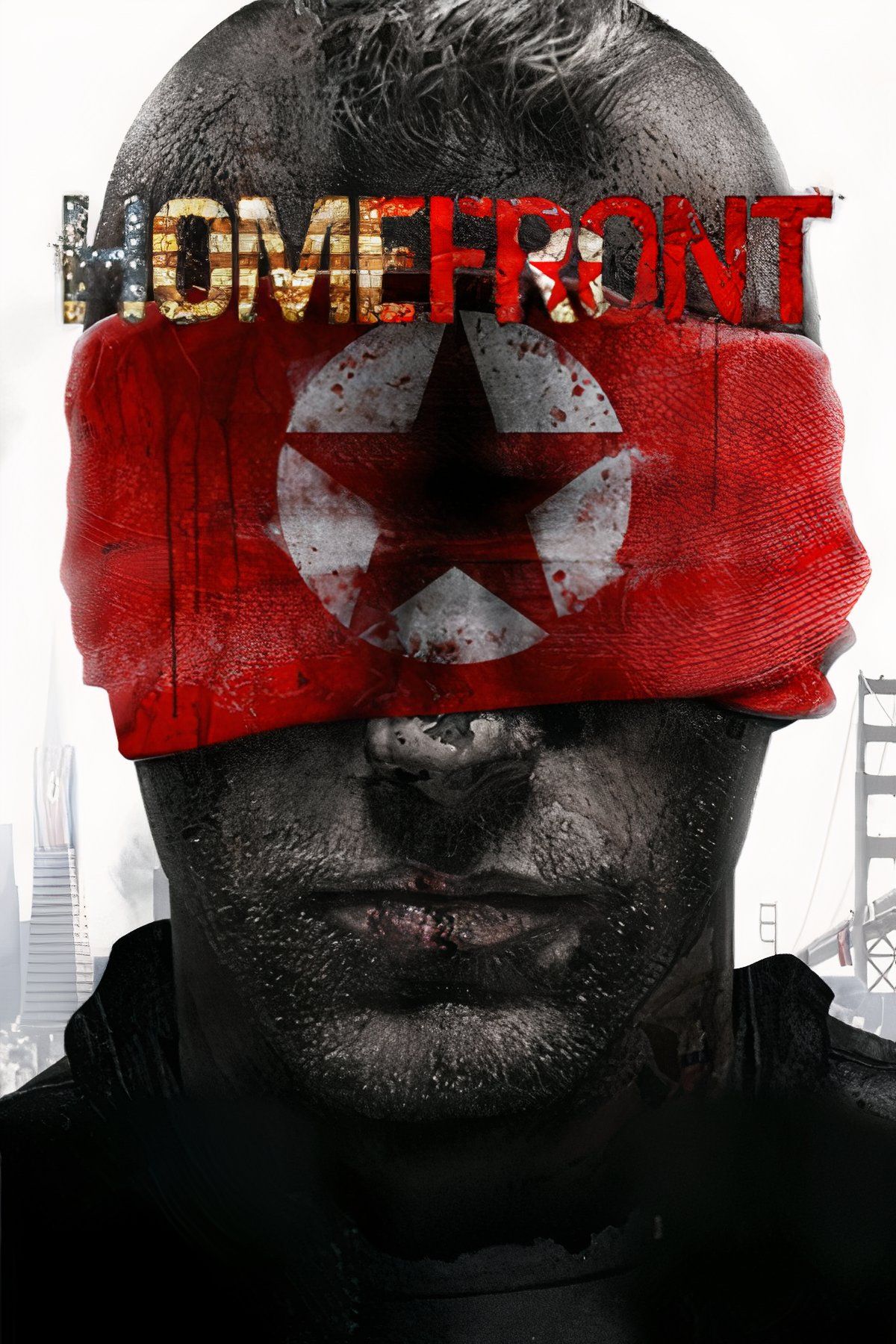
Set in an occupied America, Homefront’s story hinges on a series of events in North Korea, starting with the death of Kim Jong-il in 2012 and the succession of his son, Kim Jong-un. The game was released in early 2011. Nine months later, Kim Jong-il died—almost exactly as the game projected. His successor? Kim Jong-un, just as Homefront forecast.
At the time, few outside intelligence circles knew much about Kim Jong-un, making the game’s prediction stand out. But this wasn’t a lucky roll of the dice; developers carefully sifted through real-world reports and expert analysis, crafting a scenario that was plausible enough to ground the more outlandish plot points.
5 Elite Dangerous (2014)
A Space Sim That Guessed A Real Star System
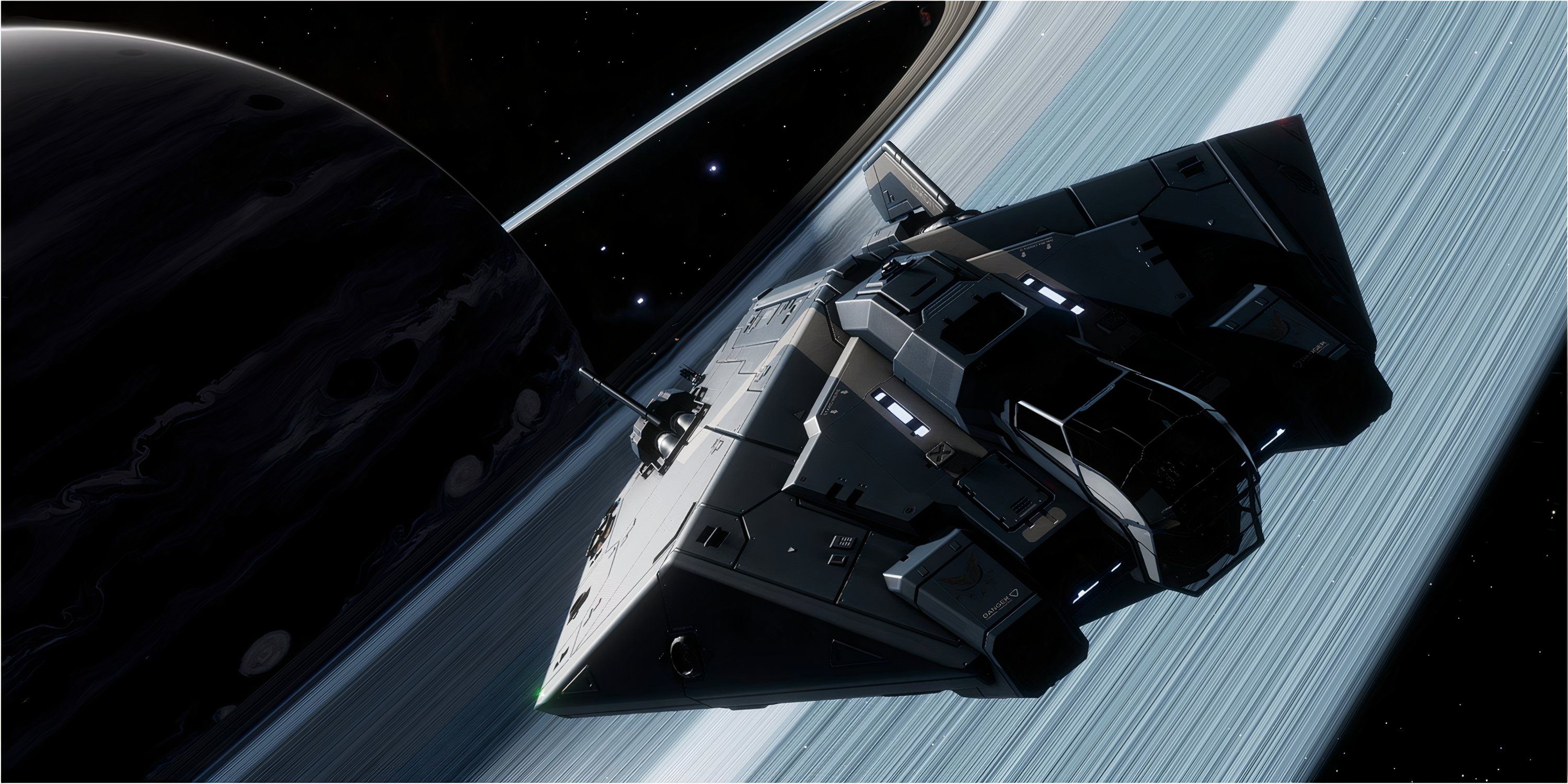

Elite Dangerous
- Released
- December 16, 2014
- ESRB
- T For Teen due to Drug Reference, Fantasy Violence
- Multiplayer
- Online Multiplayer
- Platform(s)
- PC, PlayStation 4
Elite Dangerous set out to simulate the entire Milky Way, a staggering 400 billion-star system, using a blend of real data and procedural generation. Most of the galaxy is algorithmically created, applying astrophysics to fill in the blanks. Somewhere in all those billions, the game’s “Stellar Forge” engine produced a solar system about 40 light-years from Earth: a cool, small star orbited by seven rocky planets.
4:09
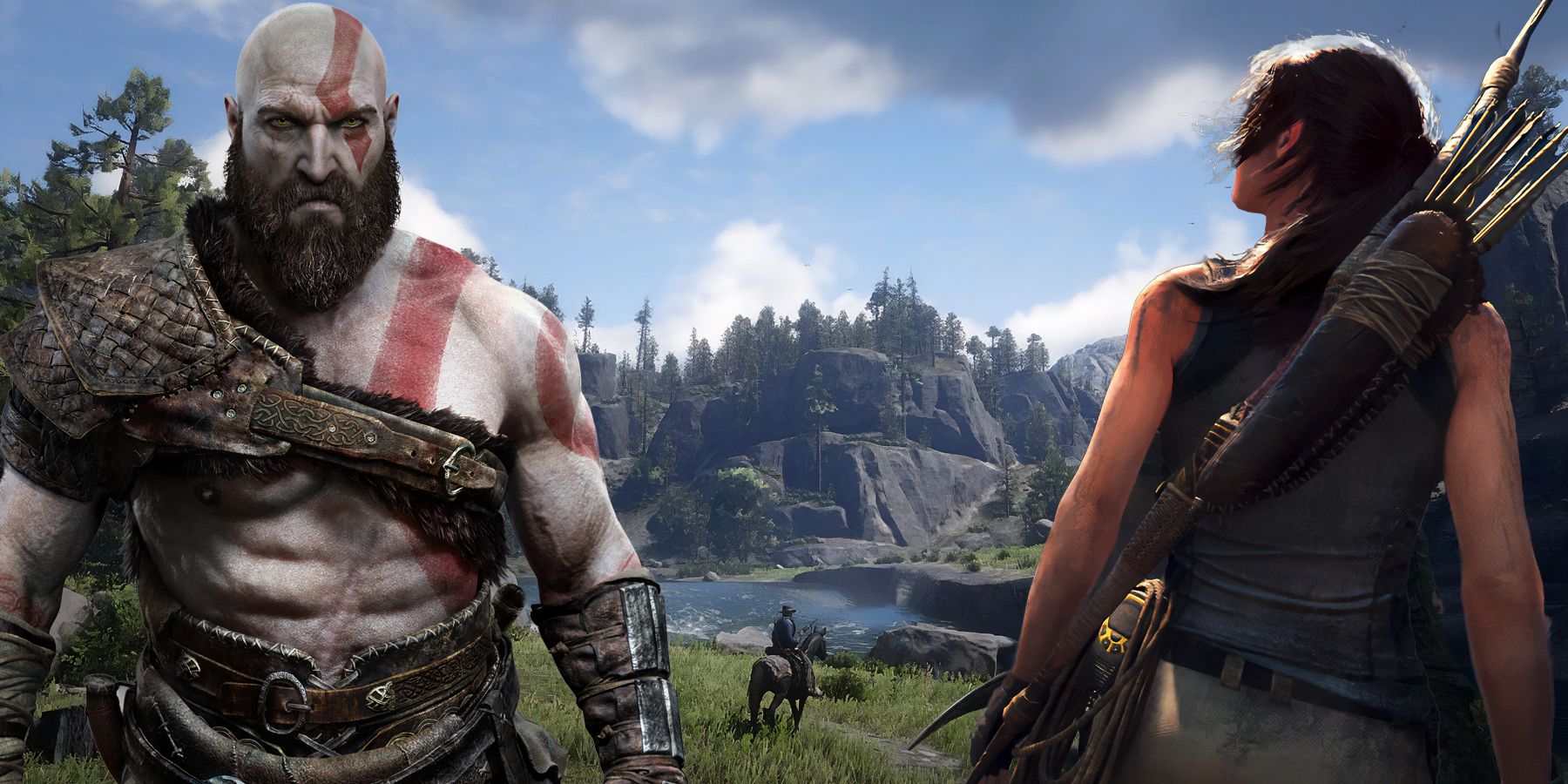
Related
The 32 Best Looking Games On High-End PCs
PCs are known to offer some of the best visual experiences in gaming. If you have a high-end PC, check some of these beautiful games out.
Three years later, NASA announced the discovery of TRAPPIST-1: a real system, 40 light-years away, with a similar star and seven terrestrial planets. This wasn’t luck; Elite Dangerous’s engine simply followed the science, calculating what could plausibly exist in uncharted regions. When NASA’s findings matched the game’s “guess,” developers even updated the in-game system to mirror TRAPPIST-1 exactly.
4 Tom Clancy’s Ghost Recon (2001)
This Tactical Shooter Laid Out The Russo-Georgian War
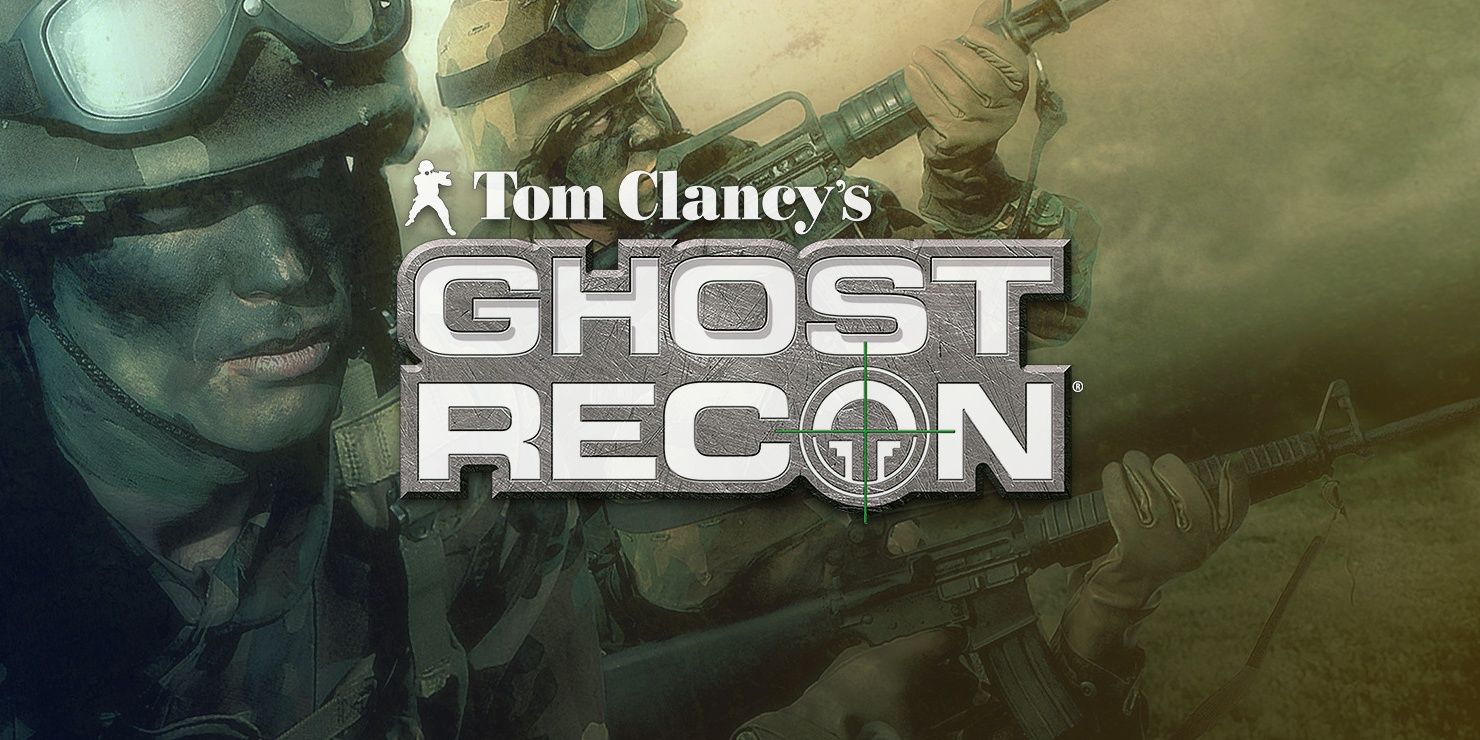
When Ghost Recon dropped in late 2001, its story about Russian ultranationalists invading Georgia sounded like classic Clancy: tense, plausible, but comfortably distant. The game’s campaign, set in April 2008, puts players in the middle of a conflict as Russian-backed forces stir up chaos in South Ossetia. American special ops are dispatched to support Georgia, just in time for Russia to use foreign interference as a pretext for a full-scale invasion.
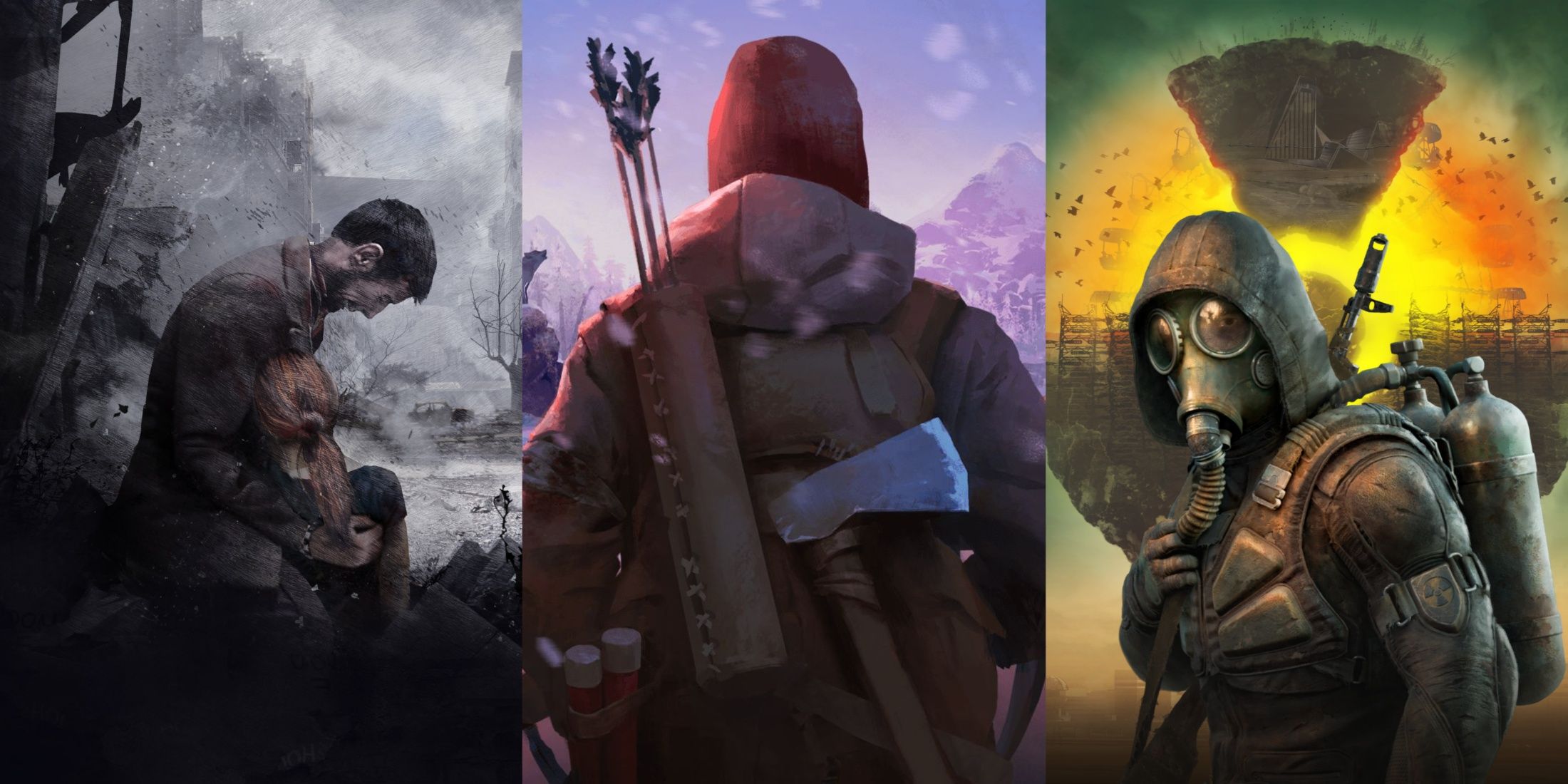
Related
9 Best Survival Games Inspired By Real-World Locations, Ranked
These excellent survival games deliver compelling and immersive gameplay in rich settings inspired by real-world locations.
Fast-forward to August 2008, and the real world watched nearly the same script unfold: South Ossetia, Russian intervention, accusations of Western meddling, and all-out war between Russia and Georgia. The accuracy is staggering—not just in timeline, but in tactics, location, and escalation.
3 Death Stranding (2019)
Living Through The Lockdowns
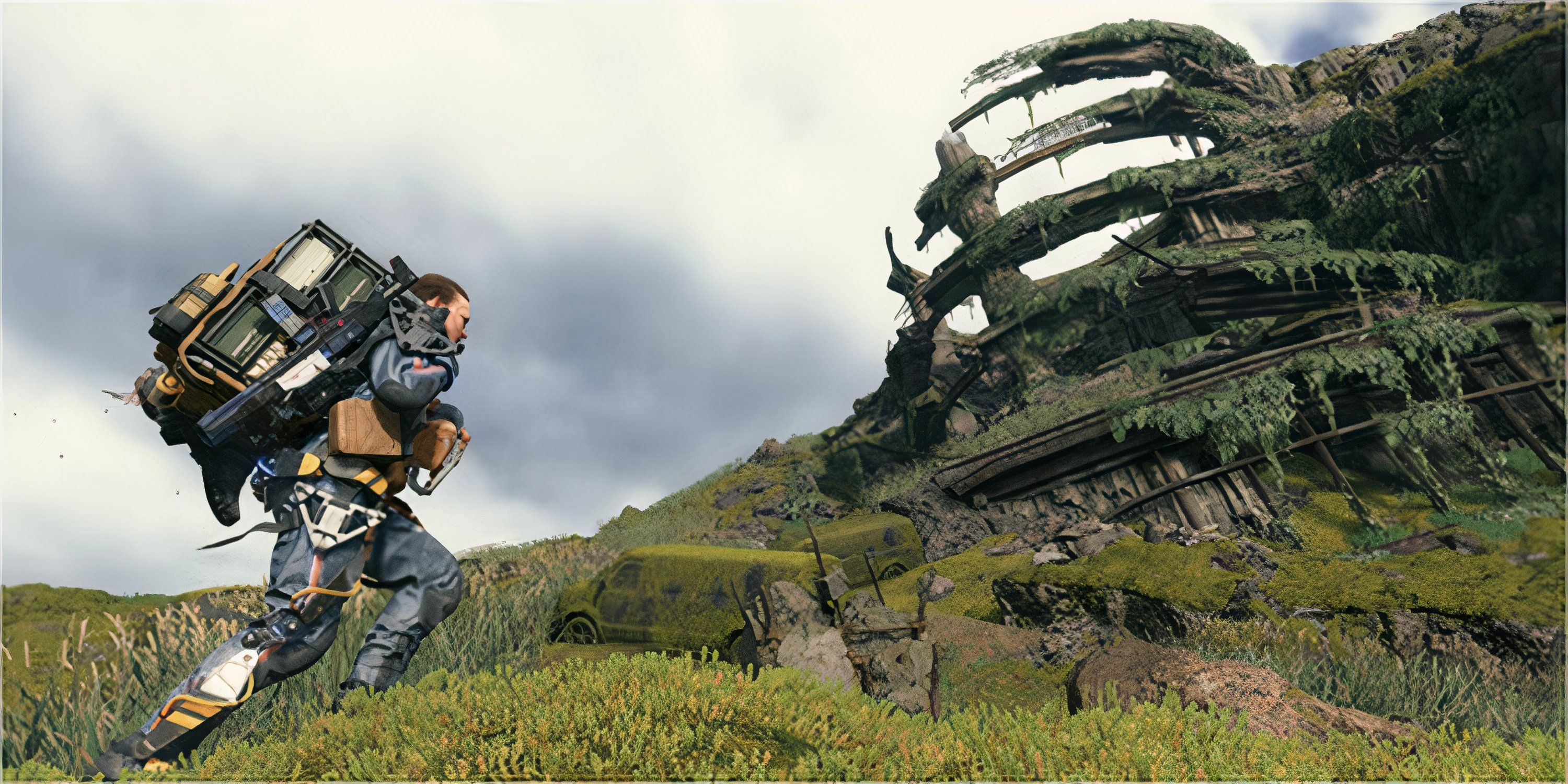
Death Stranding, with its lonely landscapes and focus on connecting a fragmented world, seemed abstract and even eccentric when it launched. The main character, Sam, is a courier whose work links isolated bunkers. Players deliver vital packages across a desolate America, rebuilding civilization one delivery at a time.
Then, mere months after its release, the world entered COVID-19 lockdowns. Societies shut down, people retreated into homes, and “essential workers,” delivery drivers and logistics teams, became lifelines. Suddenly, Death Stranding didn’t feel like science fiction; it felt like a simulation for surviving a pandemic.
Predicting Social Media Fake News, AI, And Digital Footprints
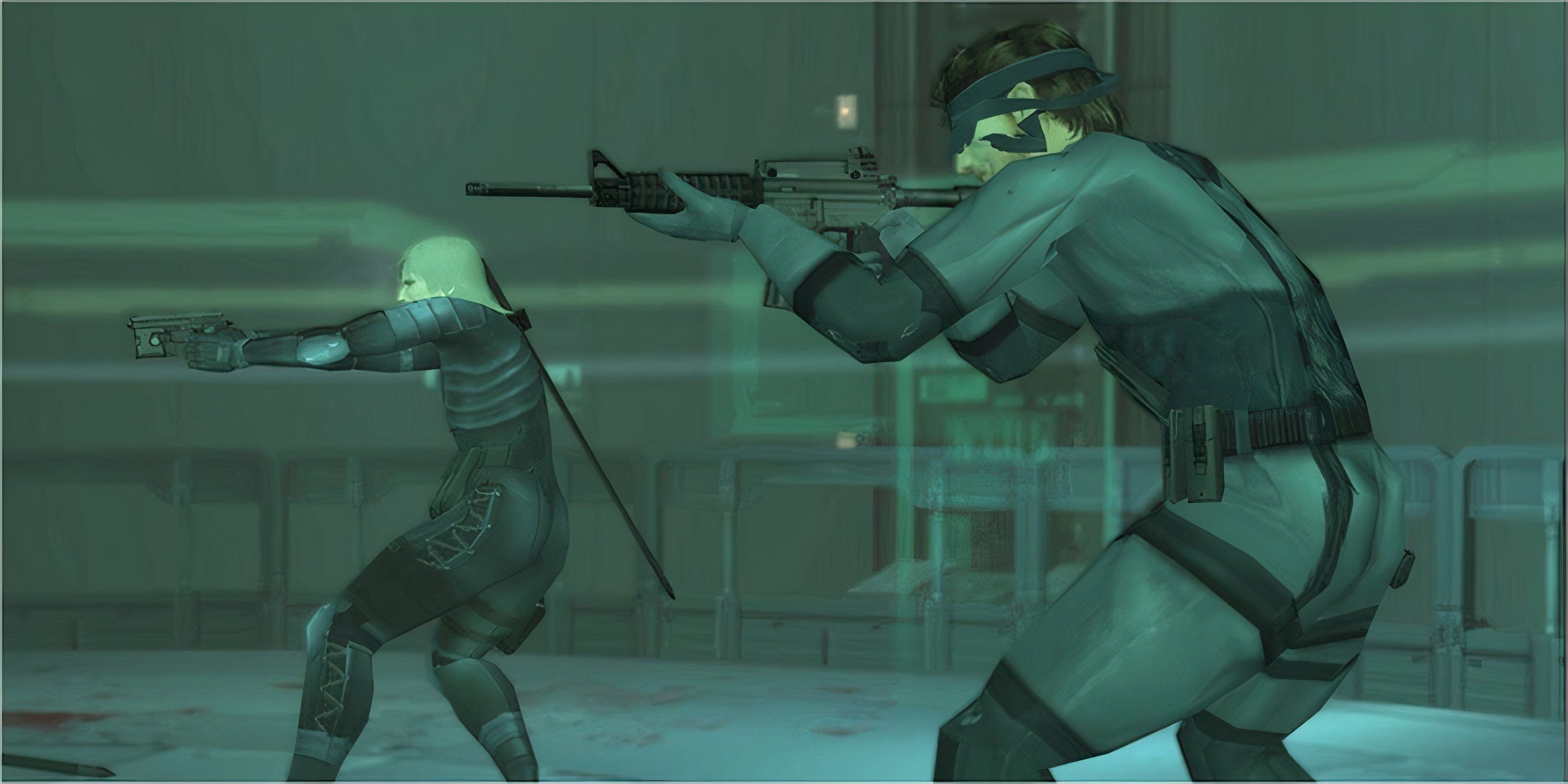
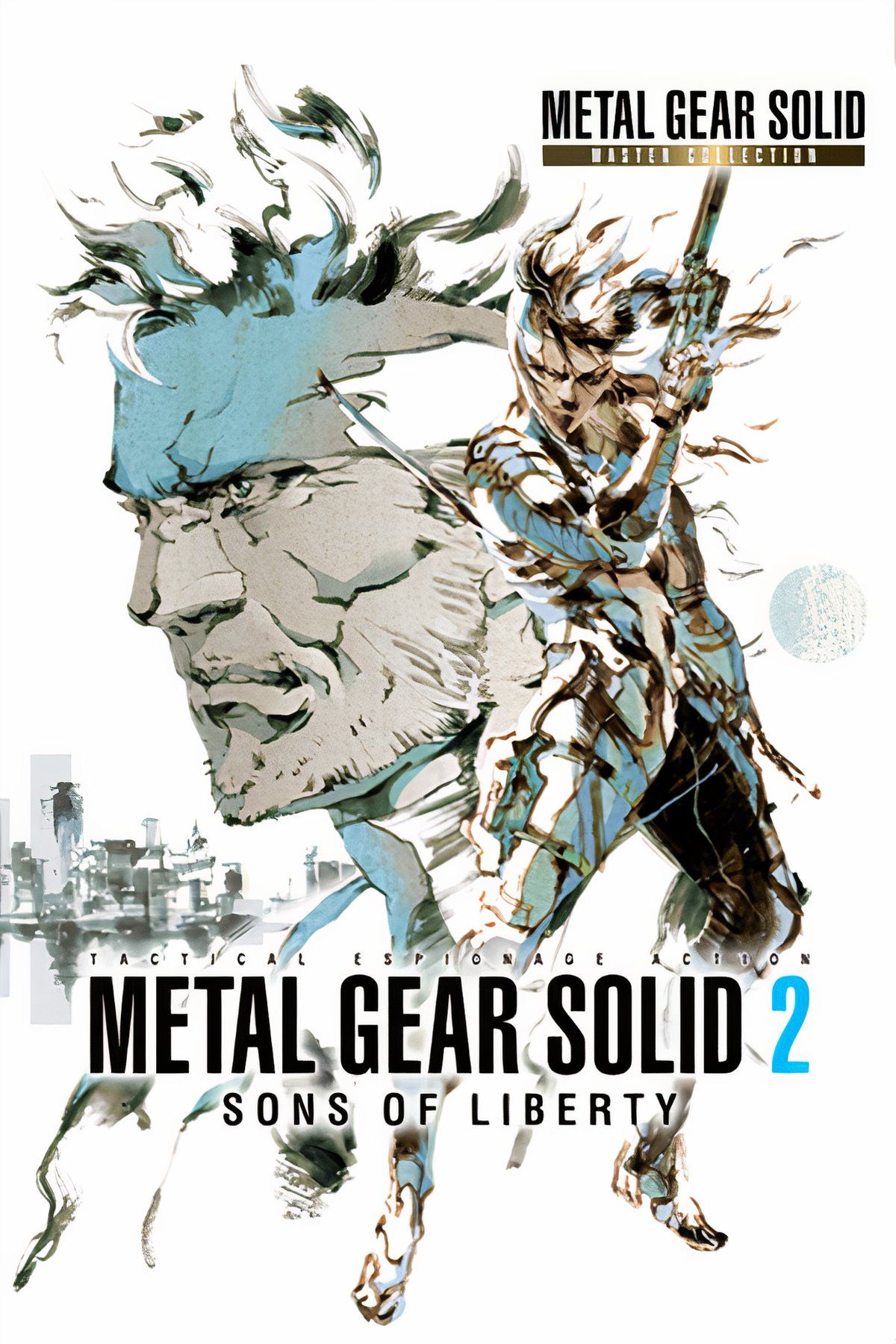
Metal Gear Solid 2: Sons of Liberty famously subverted player expectations, but its most shocking element was its prophetic final act. The player discovers their entire mission was a staged simulation, and a powerful AI reveals its true purpose: to control the global flow of digital information. The AI describes a future where people “withdraw into their own small gated community,” creating echo chambers where competing truths exist and objective reality dissolves.
Released in 2001, MGS2 foresaw the digital malaise that would grip the world in the 2010s and beyond. The rise of filter bubbles, misinformation, and the decline of shared reality—these became defining features of the post-truth era. The game didn’t just call out technological trends; it nailed the emotional consequences, making players complicit in a simulation of manipulation.
1 Deus Ex (2000)
The Missing Twin Towers And A Chilling Coincidence
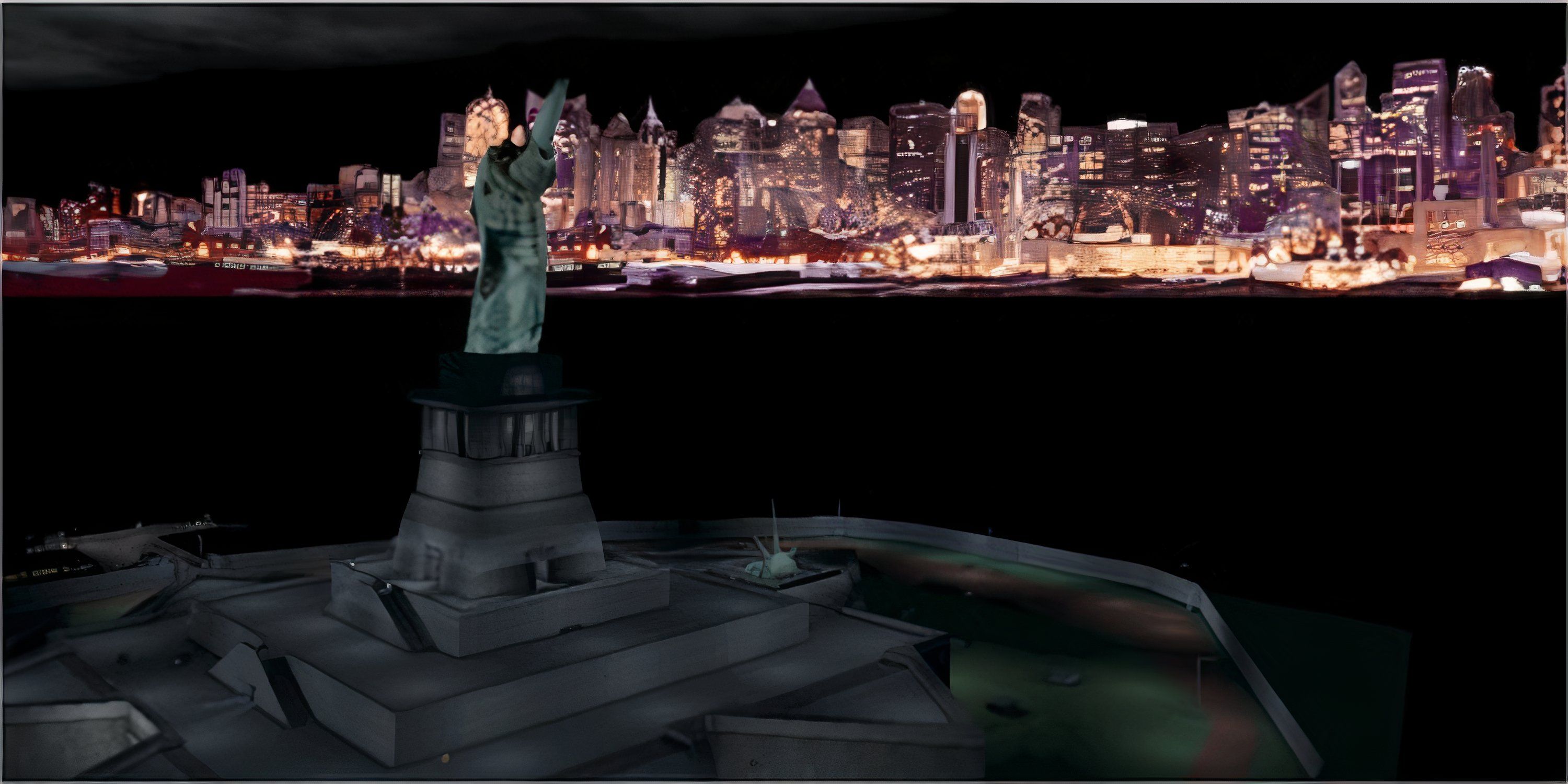
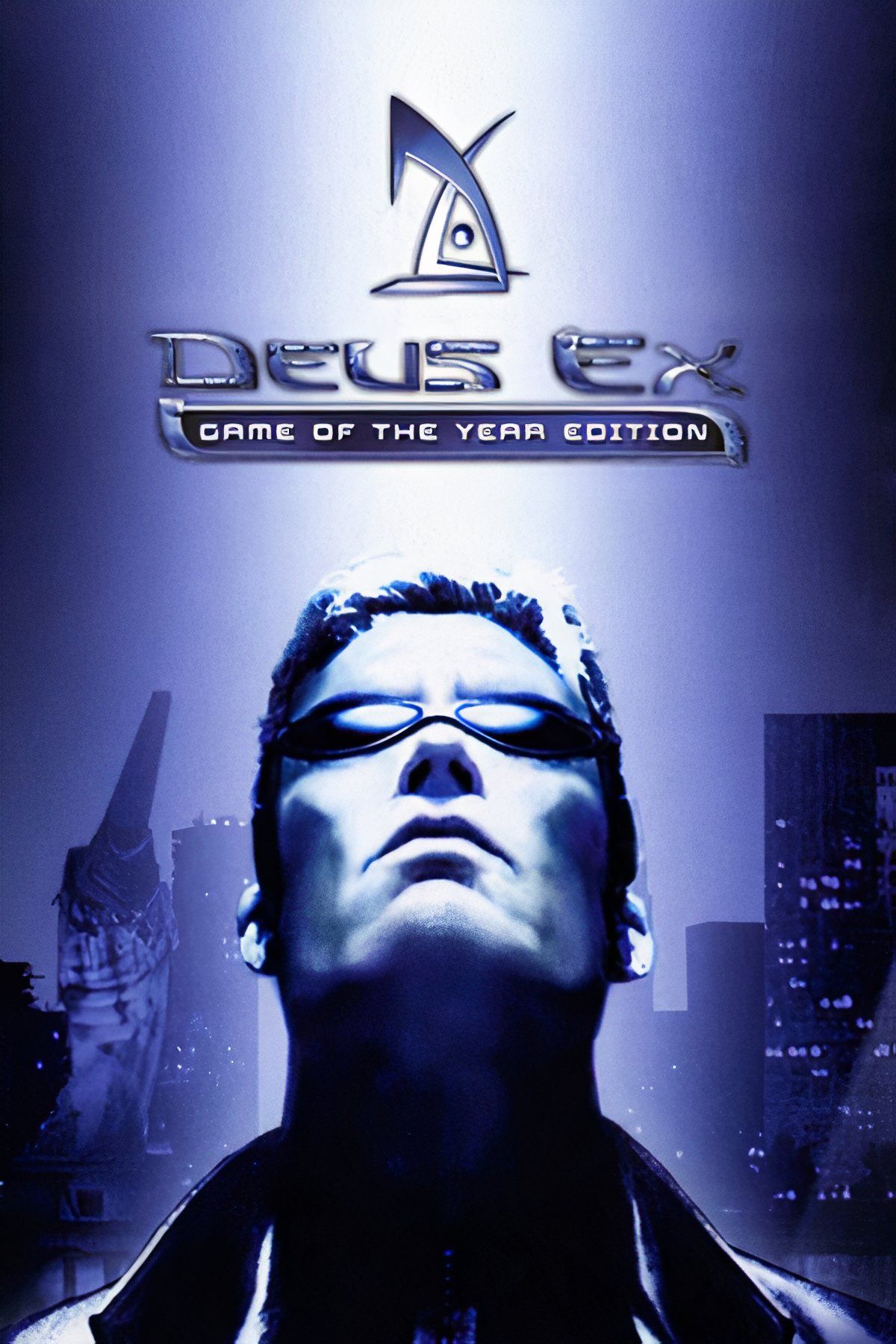
- ESRB
- M For Mature 17+ // Blood, Violence
- Multiplayer
- Local Multiplayer
- Platform(s)
- PlayStation 2, PC
Deus Ex, the legendary cyberpunk RPG, starts with a panoramic view of New York—but the World Trade Center is conspicuously missing from the skyline. The in-game explanation? A terrorist attack years prior, woven into the lore to cover a technical limitation in the graphics engine. No one thought much of it at launch in 2000.
Everything changed on September 11, 2001. In the aftermath of the real attacks, Deus Ex’s accidental omission went from an invisible detail to a chilling prophecy. Deus Ex’s “prediction” was pure happenstance, but that’s what makes it unforgettable. It’s a reminder that sometimes, history rewrites the meaning of art, and that the most unsettling prophecies are those that happen by accident, not by design.

More
10 Video Game Villains Inspired By Real People
Video games have always looked to the real world to inspire their characters, including antagonists.
